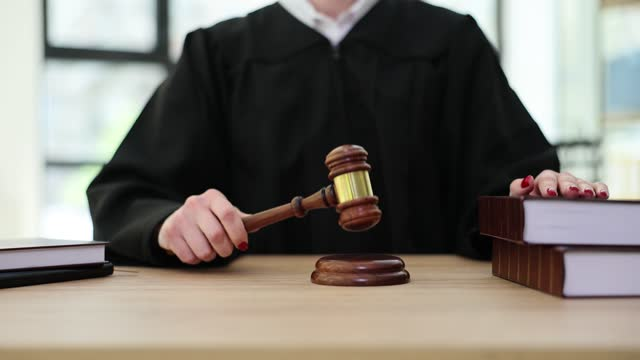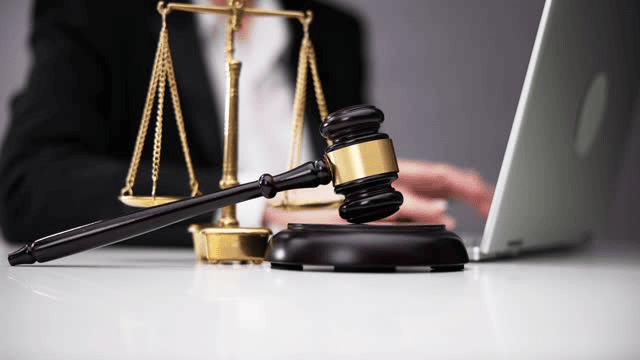Torts are an interesting and complicated area within the vast realm of common law and private law that deals with civil wrongs that result in damage or loss to another person. While civil law states obtain their tort law mostly from Roman law, common law jurisdictions obtain their tort law from customary English tort law.
In New South Wales (NSW), Australia, the understanding and application of tort law are paramount for both legal professionals and the public. This article aims to delve into the essentials of torts, exploring their types, how they are adjudicated in NSW, and why they are a critical component of the legal landscape.
What Are Torts?
At its core, a tort is a civil wrong that occurs when one party’s negligence or intentional act causes harm to another. Unlike criminal law, which deals with offences against the state, tort law addresses conflicts between private parties. It allows the injured party to claim compensation or legal remedies for the harm done.
In NSW, the principles governing torts are designed to ensure fairness and justice, balancing the rights of the plaintiff and the defendant.
Types of Torts
Torts can be classified into several categories, each with its nuances and legal precedents. The primary types include:
- Negligence: When one party fails to exercise reasonable care, leading to injury or loss to another.
- Intentional Torts: Deliberate actions that cause harm, such as assault, battery, false imprisonment, and defamation.
- Strict Liability Torts: Cases where the defendant is liable for damages irrespective of negligence or intent, often seen in product liability cases. Tort liability includes both personal liability and vicarious liability (for torts committed by employees or agents).
Understanding the distinctions between these categories is crucial for anyone navigating the legal system in NSW.
Real-World Applications
In practical terms, tort law touches on many aspects of everyday life. From a slip and fall incident at a shopping centre to a defamatory statement made on social media, the implications of torts are widespread. Here are a few examples where tort law is applied:
- Personal Injury: Accidents leading to physical or psychological harm.
- Property Damage: Destruction or interference with the use of someone’s property.
- Professional Malpractice: Negligence by professionals, affecting their clients’ interests.
The Process of a Tort Claim in NSW
Pursuing a tort claim involves several steps, from determining the type of tort to calculating the compensation. The process generally includes:
- Identification of the Tort: Recognising the specific category and nature of the tort.
- Gathering Evidence: Collecting documentation, witness statements, and other proofs of harm or negligence.
- Filing a Claim: Submitting the necessary legal documents to initiate the lawsuit.
- Adjudication: The court’s examination of evidence, determination of tort liability, and awarding of damages.
Key Considerations in Tort Claims
- Statute of Limitations: Time limits for filing a claim vary depending on the type of tort.
- Causation: Proving a direct link between the defendant’s actions and the plaintiff’s harm.
- Quantifying Damages: Calculating economic and non-economic losses suffered by the plaintiff.

Brendan Hobson v Northern Sydney Local Health District [2014] NSWSC 375
In the Supreme Court of New South Wales, the case of Brendan Hobson v Northern Sydney Local Health District et al. marked a significant discourse on medical negligence within the realm of tort law. Presided over by Rothman J, the proceedings focused on a series of interlocutory orders sought by the plaintiff, Brendan Hobson, following a spinal operation that resulted in paraplegia. This case study aims to analyse the judicial handling of medical negligence and the intricacies of the discovery process within tort law.
Medical Negligence and Discovery
Brendan Hobson’s lawsuit stemmed from paraplegia suffered after undergoing a second spinal surgery. The plaintiff attributed his condition to alleged medical negligence by the Northern Sydney Local Health District and various medical professionals involved in the operation. Critical to the case was the plaintiff’s quest for discovery, a procedural step in which he sought access to documents that could potentially substantiate his claims of negligence. The significance of discovery in this context illuminates the challenges plaintiffs face in medical negligence cases, where the burden of proof and the necessity of accessing complex medical records and expert opinions are pivotal.
Court’s Decision and Implications
The court, in its decision, addressed the necessity and timing of discovery, emphasizing the concept of “special reasons” under the UCPR r21.8, which governs the granting of discovery in personal injuries matters. Rothman J’s meticulous evaluation of what constitutes “special reasons” for discovery showcases the judicial balancing act between ensuring fair access to potentially crucial evidence and preventing unnecessary legal expeditions. The court ultimately granted the plaintiff leave to serve properly framed subpoenas for the requested documents, marking a step forward in his pursuit of justice, while also highlighting the procedural complexities inherent in medical negligence litigation.
This case serves as a critical examination of the hurdles faced by individuals alleging medical negligence, the procedural nuances of tort law, and the judiciary’s role in facilitating a fair trial through the judicious application of discovery rules.
Navigating Challenges and Complexities
Tort law in NSW is not without its challenges. The complexities of proving negligence, intentional harm, or liability can be daunting for those unfamiliar with legal nuances. Here are several hurdles often encountered:
- Legal Defences: Defendants may employ various strategies to mitigate or deny liability.
- Evolving Legal Standards: Changes in legislation and case law can impact the outcome of tort cases.
- Insurance Implications: Insurance policies often play a significant role in the resolution of tort claims.
Addressing these challenges requires a deep understanding of the law, meticulous preparation, and strategic legal counsel.
The Role of Legal Professionals
In navigating the intricacies of tort law, the assistance of experienced legal professionals is invaluable. Solicitors specialising in tort law can offer guidance on:
- Legal Strategy: Developing an approach tailored to the specifics of the case.
- Negotiations: Attempting to reach a settlement before proceeding to court.
- Court Representation: Advocating on behalf of clients during legal proceedings.
Understanding torts and their impact is crucial for anyone involved in or affected by a civil wrong in NSW. Armed with this knowledge, individuals can better navigate the legal system, advocate for their rights, and seek justice through appropriate channels. Whether dealing with negligence, intentional harm, or strict liability, the principles of tort law serve as a guide towards resolution and compensation.

Choosing the Right Partner
When facing legal challenges related to torts, partnering with a reputable and experienced legal firm is essential. JB Solicitors offers expert, tailored legal services in tort law, ensuring optimal outcomes in NSW’s complex legal landscape.
Contact us today to learn more about how JB Solicitors can assist you with your legal needs, ensuring peace of mind and the pursuit of justice in the realm of torts.
